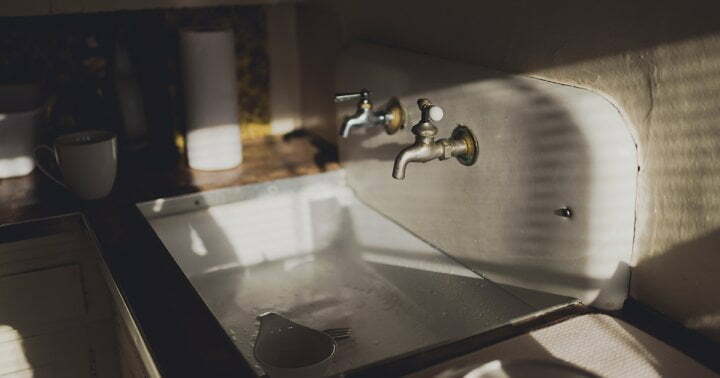The Surprising Distinction Between Mold & Mildew — And How To Treat Both

Molds come in all sizes, shapes, textures, and colors, while mildew is typically characterized by a white or gray powdery fungus.
When you see “mildew,” you are most likely seeing a mold that is in the Ascomycota division, which tends to be lighter in color and more powdery in texture. (You may have heard the term “powdery mildew,” which is a plant disease caused by Ascomycota fungi.)
One mold that falls into this Ascomycota category is Aspergillus—an allergenic mold that can cause adverse health reactions. Aspergillus tends to look like a white/gray, powdery substance, fitting the bucket of “mildew.”
Aspergillus can produce toxins called mycotoxins, which can spur allergy-like symptoms or what seems like a perpetual cold that never seems to go away. Mycotoxins have also been associated with neurological and neuropsychiatric symptoms including pain syndromes, movement disorders, delirium, and disorders of balance and coordination.
It’s a common but potentially harmful mold that we see often in the remediation industry throughout the home—mostly on windows and surrounding frames and sills; on doors and frames leading outside; under bath mats; on shower curtains, often between the liner and the curtain; and on bathroom grout or caulk.
Connecting the dots, it’s better to err on the side of caution when you have what looks like mildew growing in your home.
This article was originally published by mindbodygreen.com. Read the original article here.




